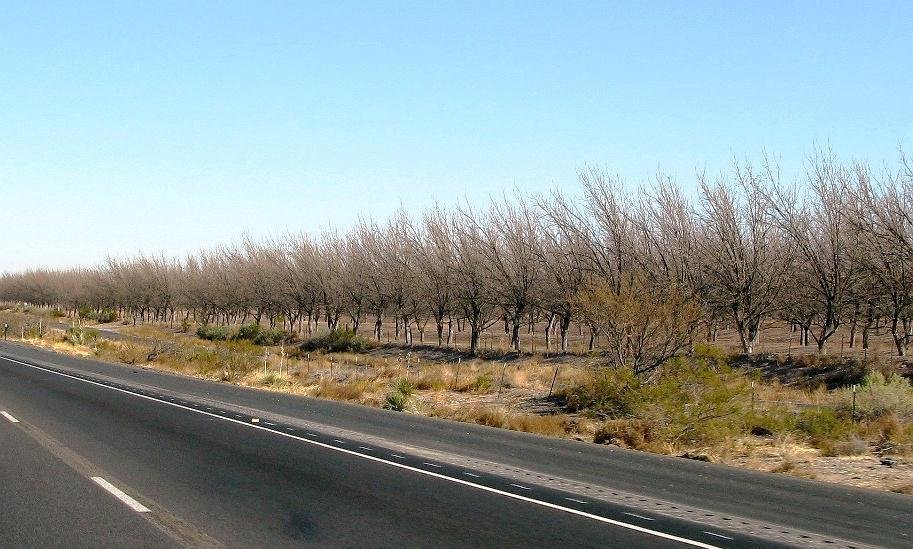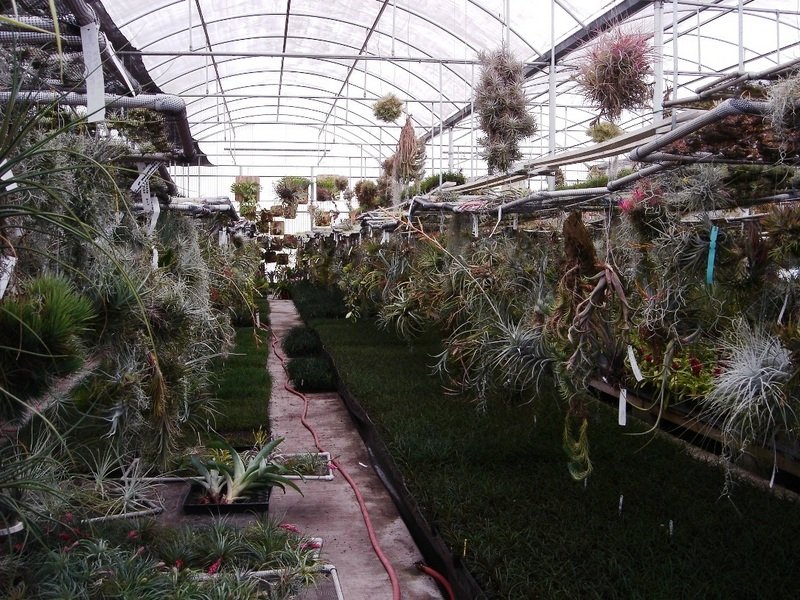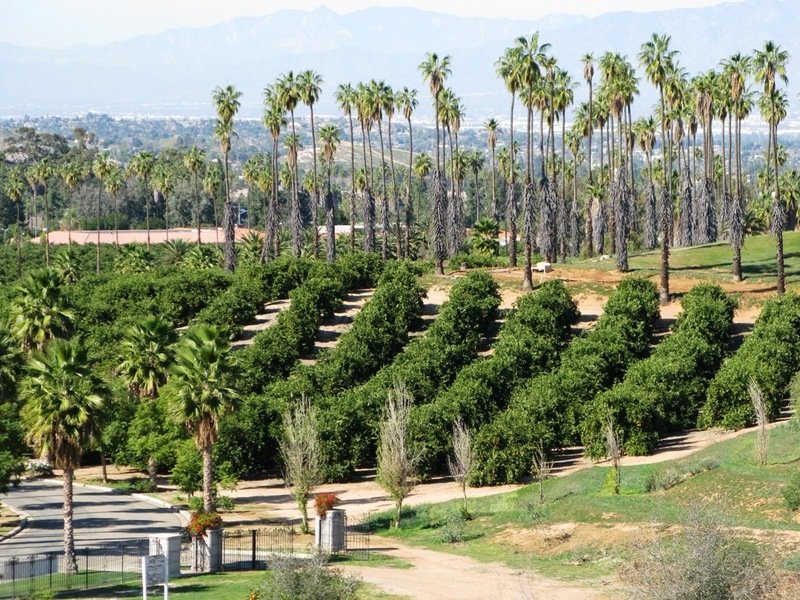





Sunset climate zones take into consideration many aspects of climate such as summer heat or lack thereof, aridity, humidity, rainfall patterns, solar radiation, length of growing season, and ocean influence, as well as winter cold. They are widely used in the American West, where extensive high mountain ranges, the cold Pacific Ocean, highly seasonal rainfall patterns make for a much greater range of climates per area than can be found in the East. (Note how uniform the Koppen climate regions are in the East compared to the West on this map.) Sunset zones were developed by the Sunset Publishing Corporation and although originally developed for the West, there are 51 zones to cover all fifty states and adjacent Canada and Mexico.
Let's examine a temperate region of the United States, USDA zones 6 and 7. At least 40 states have area that falls into this category. The summer climates can be broadly summarized. The northwest is cool and rainy. The west is warm and on the dry side. The middle and east are warm-to-hot, humid, and generally rainy. The northeast is mild and rainy. Of course not every year is the same, but the climate can be generalized in the long run. These sample locations show some of the summer variety that can be found in USDA zones 6 and 7.

Pecan trees in Sunset zone 10
Sunset zones reach their greatest development and elaboration in California. This is probably due in part to the fact that Sunset is a Californian company but also to the fact that this is a large state with varied topography. For example, there are at least ten Sunset zones in Los Angeles County. These correspond to only three USDA zones, but a look at the natural vegetation or a topographic map shows extreme variety, from pine forests, to desert, to grassland and scrub, and from sea level to 10,000 feet. Most people live at the lower elevations, below 2,000 feet or so, but even here, weather-blocking mountains and proximity to or distance from the cold ocean have resulted in many zones. The seven zones described below would be in USDA zones 9 and 10a.

Greenhouse in Sunset zone 24
Sunset zone 24 (Malibu, San Diego) - This climate is dominated by the ocean virtually all of the time and because of this, the air is rarely truly dry. Winters are mild and rarely reach to freezing. Summer days, especially mornings can be cloudy, Summer highs are often barely over 70°F right along the coast, but are routinely into the 80s where this zone reaches a couple of miles inland. The growing season is 365 days. Agriculturally, this is a region of hothouse flowers like orchids and poinsettias. The mild climate reduces the heating and cooling costs of running a greenhouse.You might think that having so many zones is really splitting hairs, but I have noticed a difference. I used to live in zone 18 in the bottom of a canyon and the temperature under the porch roof would get to 28°F multiple times a year. Several times, things that were planted around my apartment complex froze to death. Southern California staples like bird-of-paradise, orange trees, and bougainvillea were not seen in the neighborhood. Now I live about 12 miles away from there on the side of a hill and in zone 19. It gets below 34°F less than once a year. I think the coldest I've seen here is 30°F. Orange trees and other subtropicals are ubiquitous.

Citrus grove in Sunset zone 19
My experience with Sunset zones is that they are very useful. My section of Sunset zone 19 is classified as USDA zone 10. USDA says I should be able to grow fuchsias and tuberous begonias. Sunset says that they do not do well here. I have tried them both and found that Sunset is correct. Of course even Sunset zones have limitations. You may find that your yard has microclimates that do not fit your indicated Sunset zone.
How does one use Sunset zones? Go to the Sunset website, the book Sunset National Garden Book, or Sunset Western Garden Book. In using the web site, go to the Plant Finder site, and click on "Find My Sunset Climate Zone". A map of all of the zones will come up and you can click on it to enlarge the regions if desired. After finding your zone, go back to the Plant Finder page and you can sort and search for appropriate plants by checking off the characteristics of interest or you can search for a specific plant by putting the name in the "Find" box. The books are organized into sections. First there is a section of maps and descriptions of the zones. Then there is guide on choosing plants for specific situations, for example, plants for shade or plants that attract butterflies. The bulk of the book is a listing in alphabetical order of thousands of plant species and varieties, with a short description of the plant and its growing requirements and the zones for which it is appropriate. At the end of the book there is a short gardening encyclopedia.
If you live in an area where winter cold is not your biggest gardening challenge or if you would just like more information, investigate the Sunset zones. The online information is free. My experience has been that the western book is commonly sold in bookstores and in some nurseries and of course both books are sold by online dealers. Many copies and editions of these books have been printed and used books are readily available.
Copyright © www.100flowers.win Botanic Garden All Rights Reserved